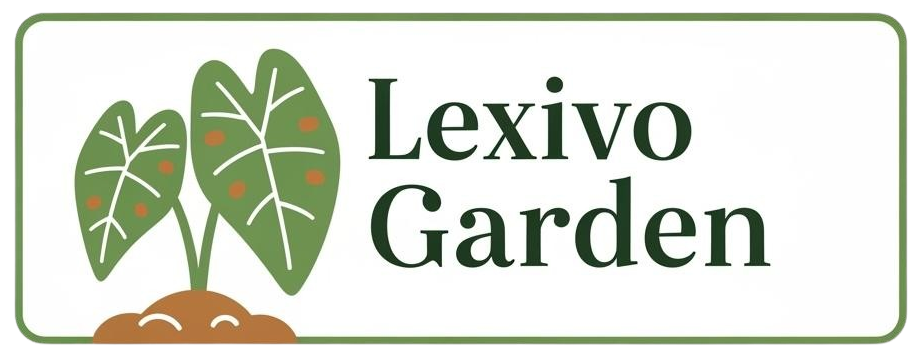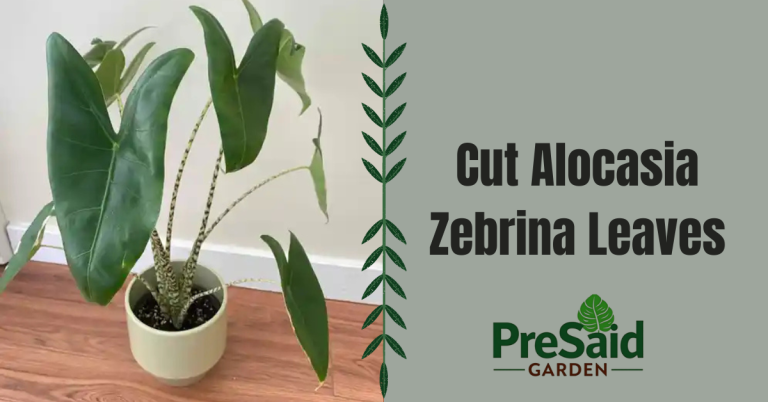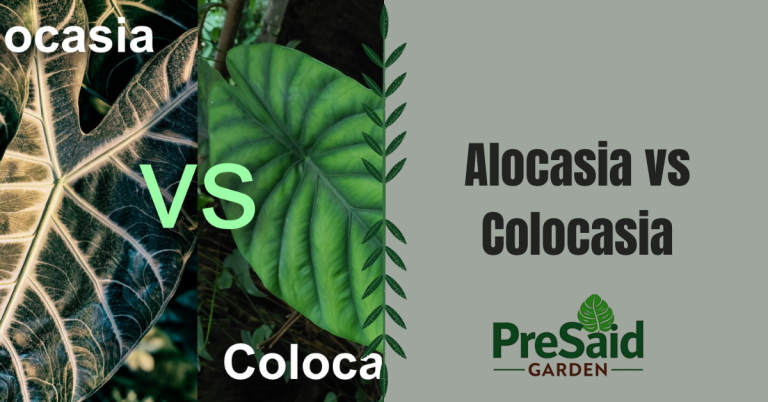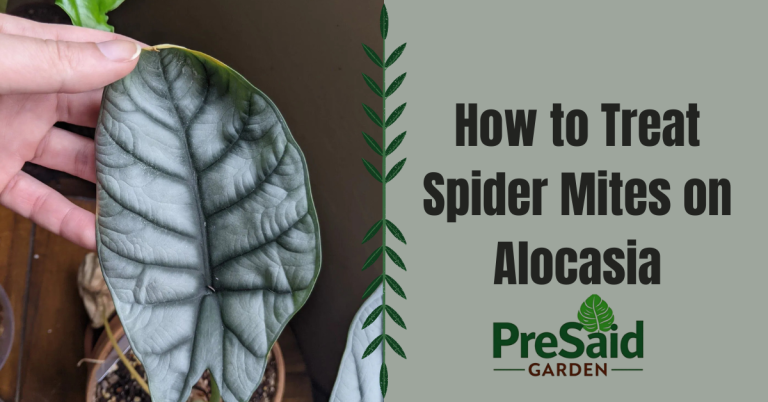My Alocasia Leaves Are Turning Yellow and Brown – Expert Tips to Save Your Plant

Hey there, plant lovers! Lucas William here from Lexivo. If you’re reading this, chances are your beautiful alocasia is looking a bit under the weather. Don’t worry – I’ve been there, and I’m here to help you get your plant back to its lush, green glory.
For over a decade, I’ve been growing various alocasia species right here in the USA. These stunning plants, with their large, arrow-shaped leaves, can really make a statement in any room. But when those leaves start turning yellow and brown, it can be pretty alarming.
Before we dive into the nitty-gritty, let me remind you that proper care starts with the right tools. At Lexivo, we offer a range of high-quality plant pots, pruning shears, and fertilizers that can make a world of difference in your alocasia’s health. Feel free to check out our selection at https://lexivo.com.ng/shop/ – your plant will thank you!
Now, let’s get to the heart of the matter: why are your alocasia leaves turning yellow and brown?
Understanding Why Your Elephant Ear’s Leaves Are Changing Color
Common Causes of Yellowing and Browning Alocasia Leaves
- Overwatering
- Underwatering
- Lighting issues
- Nutrient deficiencies
- Pest infestations
- Temperature stress
- Low humidity
The Alocasia Care Cheat Sheet: Your Go-To Guide
Before we break down each issue, here’s a quick reference table to help you keep your alocasia happy:
| Care Aspect | Ideal Conditions |
|---|---|
| Light | Bright, indirect sunlight |
| Water | Keep soil moist but not waterlogged |
| Humidity | 60-80% |
| Temperature | 60-80°F (15-27°C) |
| Soil | Well-draining, rich in organic matter |
| Fertilizer | Balanced, water-soluble fertilizer every 2-4 weeks during growing season |
Decoding the Yellow and Brown Signals: What Your Alocasia Is Trying to Tell You
1. The Drowning Dilemma: Overwatering
If your alocasia’s leaves are turning yellow and feeling soft or mushy, you might be loving it a little too much with the watering can. These plants like their soil moist, but not waterlogged.
How to Fix:
- Check the soil moisture with your finger – if it’s wet an inch below the surface, hold off on watering.
- Make sure your pot has drainage holes.
- Consider repotting in a well-draining mix if the current soil is too heavy.
2. The Thirsty Throes: Underwatering
On the flip side, if the leaves are turning yellow and crispy, especially at the edges, your alocasia might be crying out for a drink.
How to Fix:
- Water thoroughly when the top inch of soil feels dry.
- In hot weather, you might need to water more frequently.
- Use a moisture meter to keep tabs on soil moisture levels.
3. The Light Conundrum: Too Much or Too Little?
Alocasia leaves turning yellow and brown can also be a sign of lighting issues. These plants prefer bright, indirect light.
How to Fix:
- If leaves are pale and yellowing, move the plant to a brighter spot.
- If you see brown, scorched patches, it might be getting too much direct sun. Move it to a more shaded area.
As we continue to explore the reasons behind alocasia leaves turning yellow and brown, it’s important to remember that each plant is unique. What works for one might not work for another, so don’t be afraid to experiment a little.
4. The Nutrient Puzzle: Feeding Your Alocasia Right
Yellowing leaves, especially if they start from the bottom of the plant and work their way up, could indicate a nutrient deficiency.
How to Fix:
- Feed your alocasia with a balanced, water-soluble fertilizer every 2-4 weeks during the growing season.
- Make sure you’re not over-fertilizing, as this can cause leaf burn.
- Consider using a slow-release fertilizer for a steady supply of nutrients.
5. The Pest Problem: Unwanted Visitors
Sometimes, yellowing and browning leaves can be a sign of pest infestation. Common culprits include spider mites, mealybugs, and scale insects.
How to Fix:
- Regularly inspect your plant, especially the undersides of leaves.
- If you spot pests, isolate the plant and treat with neem oil or insecticidal soap.
- For severe infestations, you might need to prune affected leaves and treat the entire plant.
6. The Temperature Tango: Keeping Your Alocasia Comfortable
Alocasias are tropical plants that don’t like extreme temperatures. If your plant is exposed to drafts or sudden temperature changes, its leaves might turn yellow and brown in protest.
How to Fix:
- Keep your alocasia in a spot where temperatures stay between 60-80°F (15-27°C).
- Avoid placing it near air conditioning vents, heaters, or drafty windows.
- If you live in a colder climate, consider using a grow light and heat mat during winter.
7. The Humidity Hustle: Mimicking Tropical Conditions
Low humidity can cause alocasia leaves to turn yellow and brown, especially at the edges.
How to Fix:
- Use a humidifier near your plant.
- Place your alocasia on a pebble tray filled with water.
- Group it with other plants to create a microclimate with higher humidity.
Alocasia Rescue Mission: Steps to Revive Your Plant

Now that we’ve covered the main reasons for alocasia leaves turning yellow and brown, let’s talk about how to nurse your plant back to health:
- Assess the damage: Remove any leaves that are more than 50% yellow or brown. They won’t recover and are just draining energy from the plant.
- Check the roots: If you suspect overwatering, gently remove the plant from its pot and inspect the roots. Trim away any that are black or mushy, and repot in fresh, well-draining soil.
- Adjust your care routine: Based on what you’ve learned, make the necessary changes to your watering, lighting, and feeding habits.
- Be patient: It takes time for an alocasia to recover. New, healthy leaves will eventually replace the damaged ones.
- Prevention is key: Once your plant is back on track, maintain a consistent care routine to prevent future issues.
Alocasia Varieties: Different Plants, Similar Needs
While we’ve been talking about alocasias in general, it’s worth noting that different varieties might have slightly different care requirements. Some popular types include:
- Alocasia Polly (African Mask Plant)
- Alocasia Amazonica
- Alocasia Zebrina
- Alocasia Macrorrhiza (Giant Taro)
Each of these has its own quirks, but the basic care principles we’ve discussed apply to all of them. If you’re unsure about your specific variety, don’t hesitate to reach out to us at Lexivo for personalized advice.
The Alocasia Journey: A Rewarding Experience
Caring for an alocasia can be a bit of a rollercoaster, but it’s incredibly rewarding. These plants are like living art, with their striking leaves and unique patterns. Even if you’re dealing with yellowing and browning leaves now, don’t get discouraged. With a little patience and the right care, your alocasia will bounce back stronger than ever.
Remember, at Lexivo, we’re not just about selling plants and supplies. We’re here to support you on your plant parenthood journey. Our shop at https://lexivo.com.ng/shop/ has everything you need to keep your alocasia thriving, from premium potting mixes to state-of-the-art pruning tools.
Have you dealt with alocasia leaves turning yellow and brown before? What worked for you? Share your experiences in the comments below – I’d love to hear from you!
Until next time, happy planting!
Lucas William Lexivo






